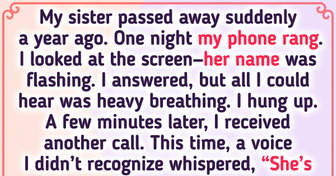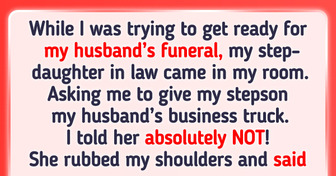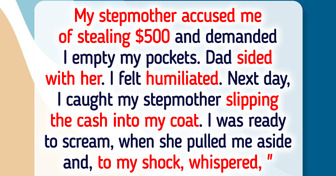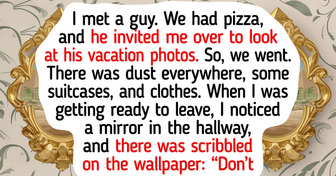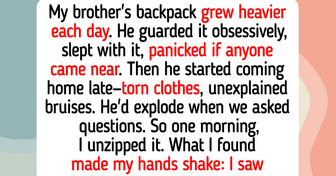10+ People Who Could Write a Novel With Their Workplace Stories

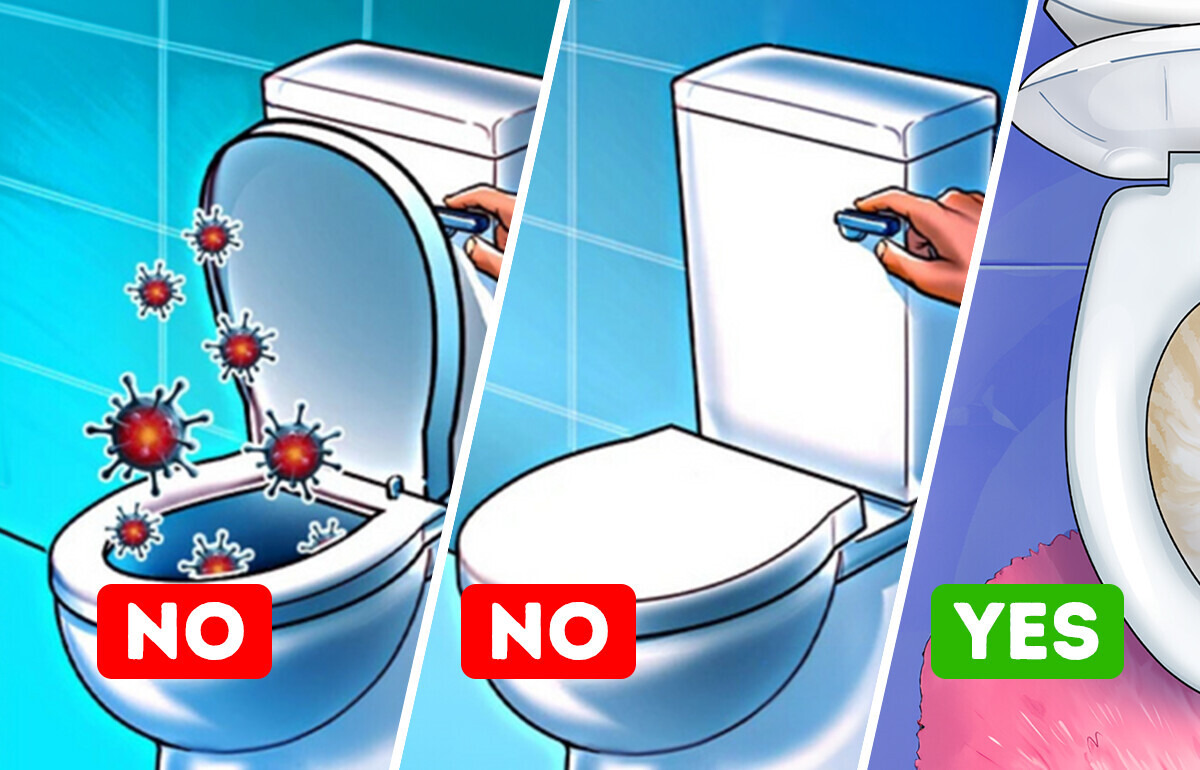
Wiping the toilet seat before using it or squatting over a public toilet bowl are some of the actions we've mastered to avoid contaminating ourselves with toilet germs. But a new study reveals that one of our highly considered restroom routines might not help minimize the spread of germs in bathrooms like we believed. Public restrooms and household toilets alike - we've been flushing them all wrong. This article analyses the experiment that concluded this fact and presents other ways that can help us maintain a hygienic atmosphere in our bathrooms and keep our peace of mind.
The recent study set out to determine what impact closing the toilet lid before flushing has, on reducing the spread of bacteria in bathrooms. It was conducted by scientists from the University of Arizona and Reckitt Benckiser LLC and reported in the American Journal of Infection Control.
The experiment involved adding substitute bacteria for human enteric viruses (viruses that are primarily transmitted via the faecal-oral route, and that cause enteric diseases) to household and public toilet bowls. The toilets were then flushed with the toilet lid closed and open, to determine which method spread less bacteria.
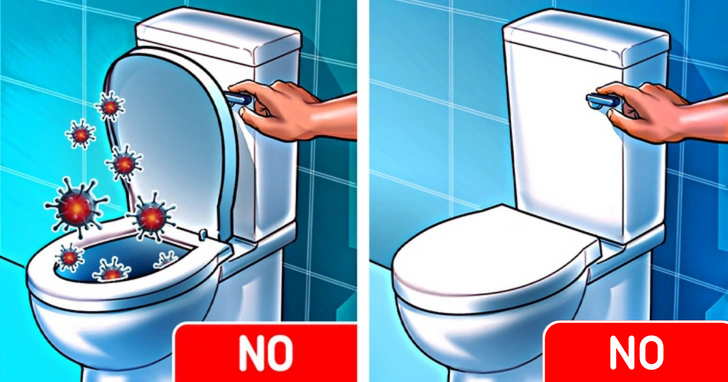
The results were shocking. Whether the toilet lid was up or down, germs could still contaminate bathroom surfaces just as easily. But cleaning the toilet bowl with a disinfectant reduced toilet bowl contamination by 98%.
When you flush the toilet, millions of aerosolized particles that are undetectable to the naked eye are instantly emitted into the air. This "toilet plume", or germ cloud, can shoot germ particles five or more feet out of the bowl. So any contagious germs dropped into the toilet bowl after using it, can be distributed to floors, walls, sinks and other nearby washroom surfaces, simply through flushing.
So what's the best way to maintain a hygienic bathroom?
Cleaning and disinfecting the toilet twice a week is the greatest way to reduce the spread of virus particles. But Dr Charles P. Gerba, PhD, a professor of virology at the University of Arizona in Tucson, says that this should be increased to twice a day, if someone in the household is sick with gastroenteritis (stomach flu). “We also recommend using disinfecting wipes on the toilet seat and flush handle, as these surfaces will get contaminated after flushing,” he adds.
Clean bathroom surfaces with soap and water first, then apply a harsh bleach solution or use EPA-Registered Disinfectants. If you can't get ready-to-use disinfectants, bleach solutions can be used on a variety of hard surfaces. Bleach solutions are efficient against bacteria, viruses, and fungi when properly diluted.
Before using disinfectant:
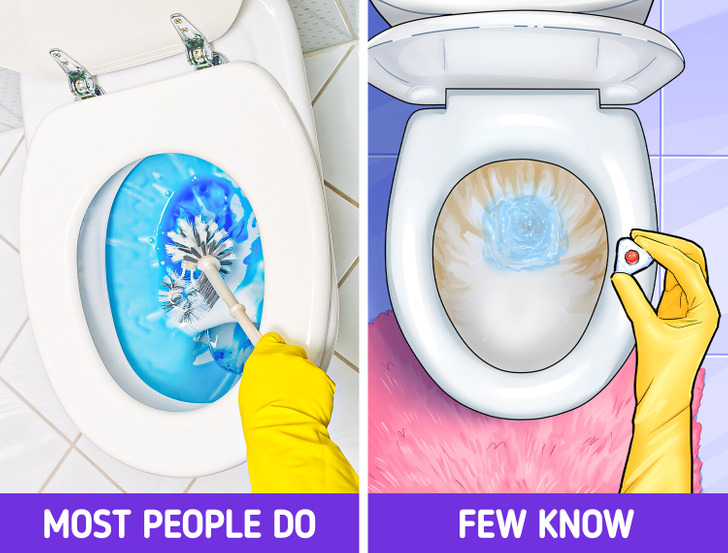
While using a disinfectant product.
After using disinfectants:

